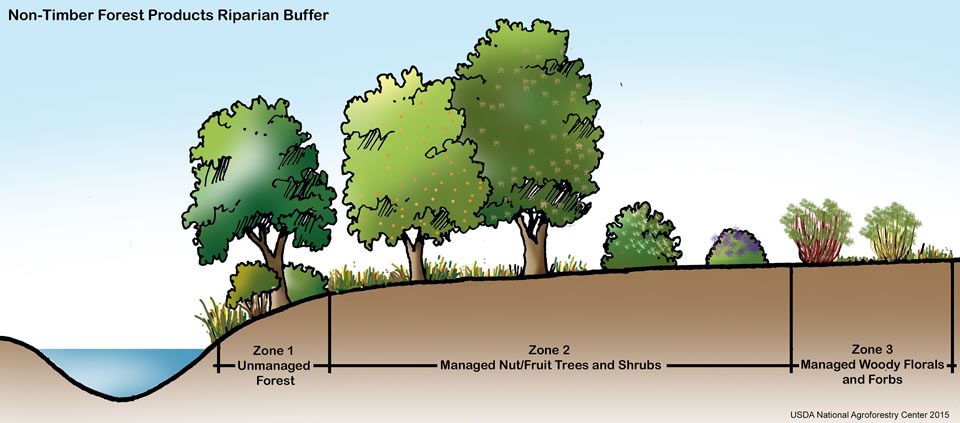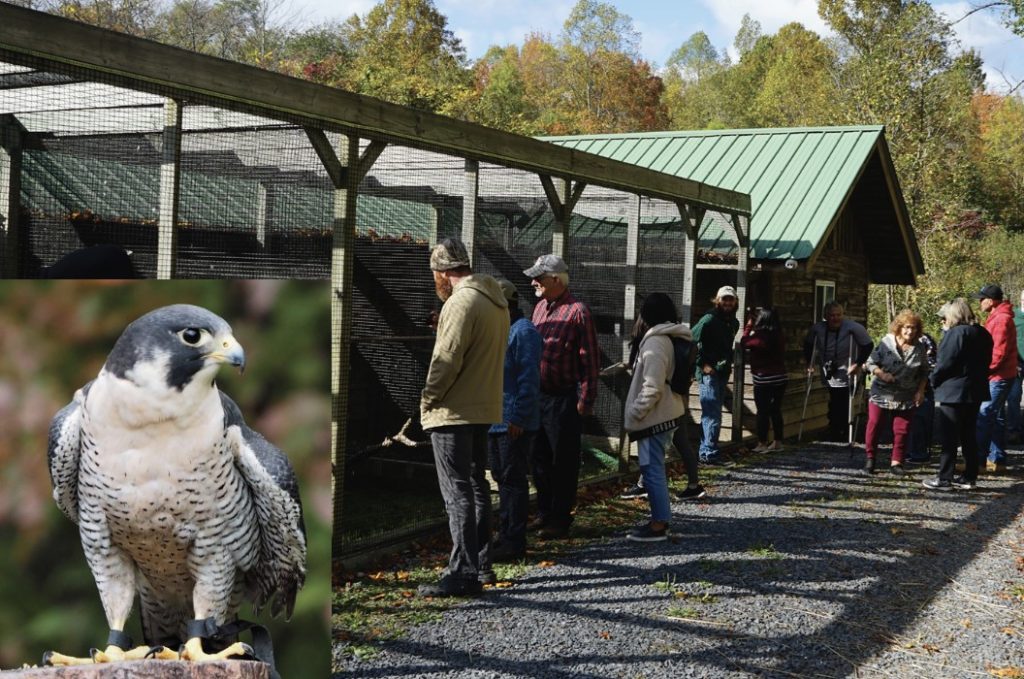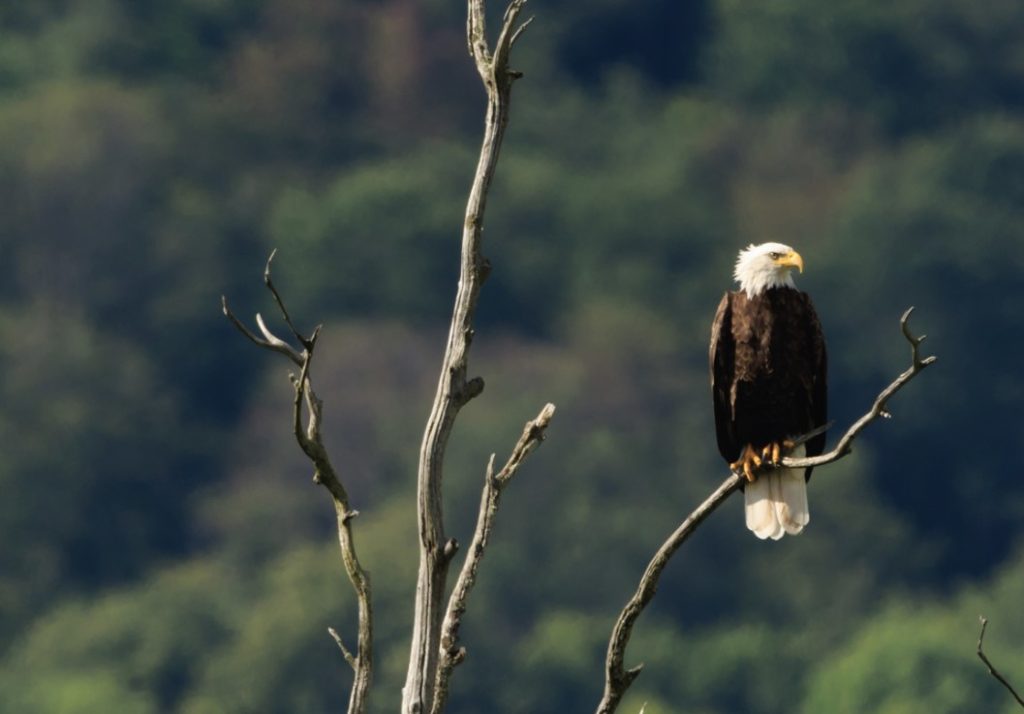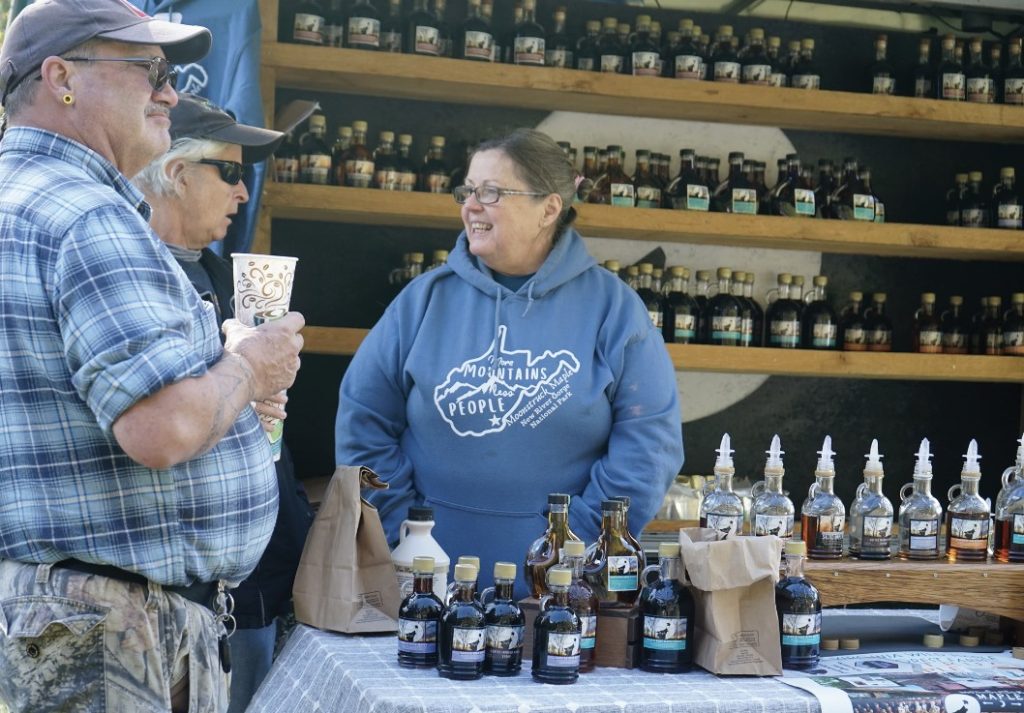
(Visited 237 times, 1 visits today)


Dori, a rescued peregrine falcon, at Three Rivers Avian Center
open-house tour in Hinton, WV.


Moonstruck Maple, Hinton, WV.
Contact a member of the Appalachian Team at forest@future.edu or a local service provider such as an extension agent or NRCS technician for help assessing your space and its value, and if growing and processing any of the four plants listed above is right for you. Check out our resources on our website and on our YouTube Channel!
Read the latest dispatches from our team, stories of community-led transformation, updates on alumni and profiles of students as we work to create a more sustainable, just and equitable future. These voices center strength, hope and resilience, paving the way for everyone to participate in building Future Generations.